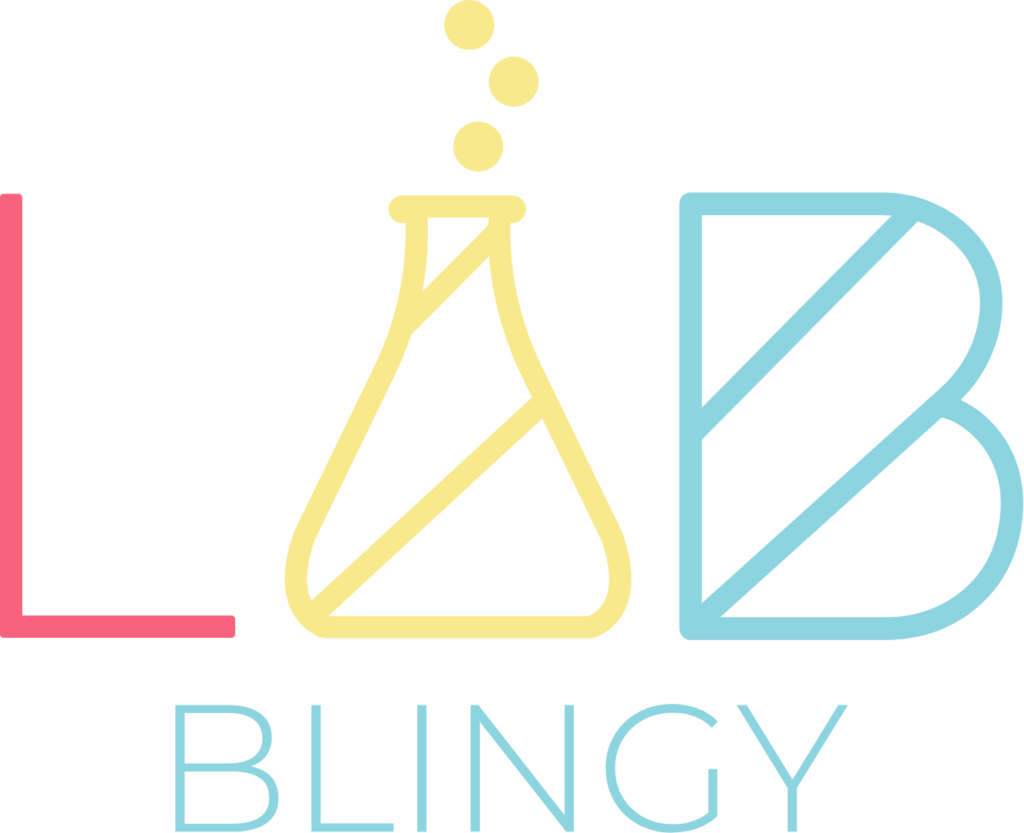Recently, the hottest topic has been the updates on the progress of Ethereum 2.0. Its founder Vitalik published an article detailing the three key reasons Ethereum switched from PoW to PoS, which caused extensive discussions in the cryptocurrency community.
Vitalik Buterin posted that PoS is a superior blockchain security mechanism compared to PoW. There are three reasons:
-
PoS provides higher security at the same cost
-
PoS is easy to recover from attacks
-
PoS is more decentralized than ASIC
PoW has two main advantages, but Vitalik Buterin believes these advantages are pretty limited:
-
PoS is more like a “closed system,” which leads to higher wealth concentration in the long run;
-
PoS requires “weak subjectivity,” and PoW does not become unnecessary.
Do you agree with Buterin’s views on PoW and PoS? What do you think about PoW and PoS?
Before I go deep to share my opinions about the above questions, I would like to dive into the differences between the PoW and Pos and share the basic concepts.
What is the blockchain consensus mechanism?
A consensus mechanism, also known as a consensus algorithm, is how nodes in a network come to a consensus on which blockchain transactions are valid.
Remember, a blockchain is a digital ledger of information distributed to everyone in the network. Each node has an exact copy of the blockchain state and previous transactions. To update this ledger and maintain its universal consistency, nodes in the network must agree on which new blocks are valid and which blocks to add to the chain.
To reach a consensus, at least 51% of nodes on a network must agree that a block is valid and added to the ledger.
We just covered consensus mechanisms and how cryptocurrencies utilize them. However, different cryptocurrencies have different consensus mechanisms, significantly affecting energy usage, security, and scalability.
What is Proof of Work (PoW)?
Satoshi Nakamoto designed PoW (Proof of Work) for the Bitcoin network, a process known as mining. Every 10 minutes, along with the generation of new blocks, the Bitcoin network will issue a certain amount of Bitcoins and reward it to the mining node that solves the block.
As the number of 0s rises, the amount of work required to find this solution grows exponentially, and miners try to find this solution repeatedly. The mining node that calculates the correct answer first can obtain the bookkeeping right of the current block and simultaneously receive the reward of newly issued bitcoin.
In layman’s terms, PoW means distribution according to work, more work, and more pay.
What is Proof of Stake (PoS)?
PoS proof of stake, an upgraded consensus mechanism of Pow; according to the proportion and time of tokens occupied by each node, the mining difficulty reduces to equal proportions, thereby speeding up the speed of finding random numbers.
PoS attempts to solve PoW’s Achilles heel, energy requirements, and resource waste. This mechanism determines the accounting rights by calculating the percentage of the total coins you hold and the time you have the coins.
The difficulty of obtaining the node’s accounting right is inversely proportional to the rights and interests held by the node. Compared with PoW, the resource consumption caused by mathematical operations reduces to a certain extent, and the performance improves accordingly. However, it is still based on the hash operation competition to obtain the record. The way of accounting rights is weak in regulation. The fault tolerance of this consensus mechanism is the same as that of PoW. For example, Stellar, Dogecoin, etc.
PoS is common in the real world, and stocks are the best-known example. Stocks record the proof of equity. The more stocks owned, the higher and more voting rights and income rights are.
In layman’s terms, PoS distributes according to money, and money generates money.
Let’s see the difference between them:
1. Consensus Mechanism
-
PoW: The higher the computing power, the higher the probability of mining a block. Miners compete with each other to solve complex mathematical puzzles using computing resources.
-
PoS: The more tokens you stake, the better your chance of becoming a validator of a new block. An algorithm randomly selects a winner based on the number of tokens staked.
2. Mining equipment
-
PoW: Specialized mining hardware such as Application Specific Integrated Circuits (ASICs), Central Processing Units (CPUs), and Graphics Processing Units (GUPs).
-
PoS: Any computer or mobile device connected to the Internet.
3. Rewards
-
PoW: The first miner to mine a block gets the block reward.
-
PoS: Validators receive a portion of transaction fees from blocks they validate.
4. Cyber Security
-
PoW: The larger the hash value, the more secure the network is.
-
PoS: Pledge and lock cryptocurrencies on the blockchain to ensure network security.
As Vitalik Buterin said: Is Proof-of-Stake better than Proof-of-Work?
From personal opinions, Vitalik described the advantages of PoS observed from his perspective. I agree with most of his views, but I can’t fully agree with the conclusion that PoS is more secure. There are some factors to consider, such as Openness, consensus scale, longer-term opportunities for fair participation, etc.
PoW is more open than PoS; Vitalik himself said that, but he did not say what PoS loses when converted to PoW. I understand that an essential part of this is the people involved or the complexity of the system’s game.
The miner ecology in PoW is self-contained. They care about more practical factors such as electricity bills, machines, motherboards, power supplies, etc. Therefore, regardless of the activities on the chain, the core business logic of their participation in mining is established. PoS will increase the high probability of abandoning these people and lead to network security personnel paying more attention to on-chain activities because they mortgage on-chain assets, which is not better than the current PoW consensus mechanism.
Let’s talk about the opportunity for long-term fair participation. The fairness achieved by PoW comes from the fact that the energy itself is sufficiently dispersed and diversified. No matter how updated the algorithm is or the energy required—the barrier of entry for any latecomers is more complex. Introducing external power (computing power) maintains the chain’s security; however, the closed nature of PoS will have an initial threshold for participation. No matter how decentralized it is, it must not use energy such as electricity to more directly complete long-term cost accounting and fair.
Conclusion:
Both PoW and PoS have advantages and disadvantages. But it seems that PoW has many benefits. Take a look at the top coins in the circulating market capitalization list. Most of them are PoW.
With many nodes in large clusters, PoS may be more centralized. Although PoW can be fully decentralized, it has the disadvantage of high energy consumption. Don’t you think combining PoW + PoS could be a good solution? Leave your comments and join the discussion.
Follow my Twitter @JoyyuanWeb3 to learn about the trends of Blockchain, Crypto, and Web3!








